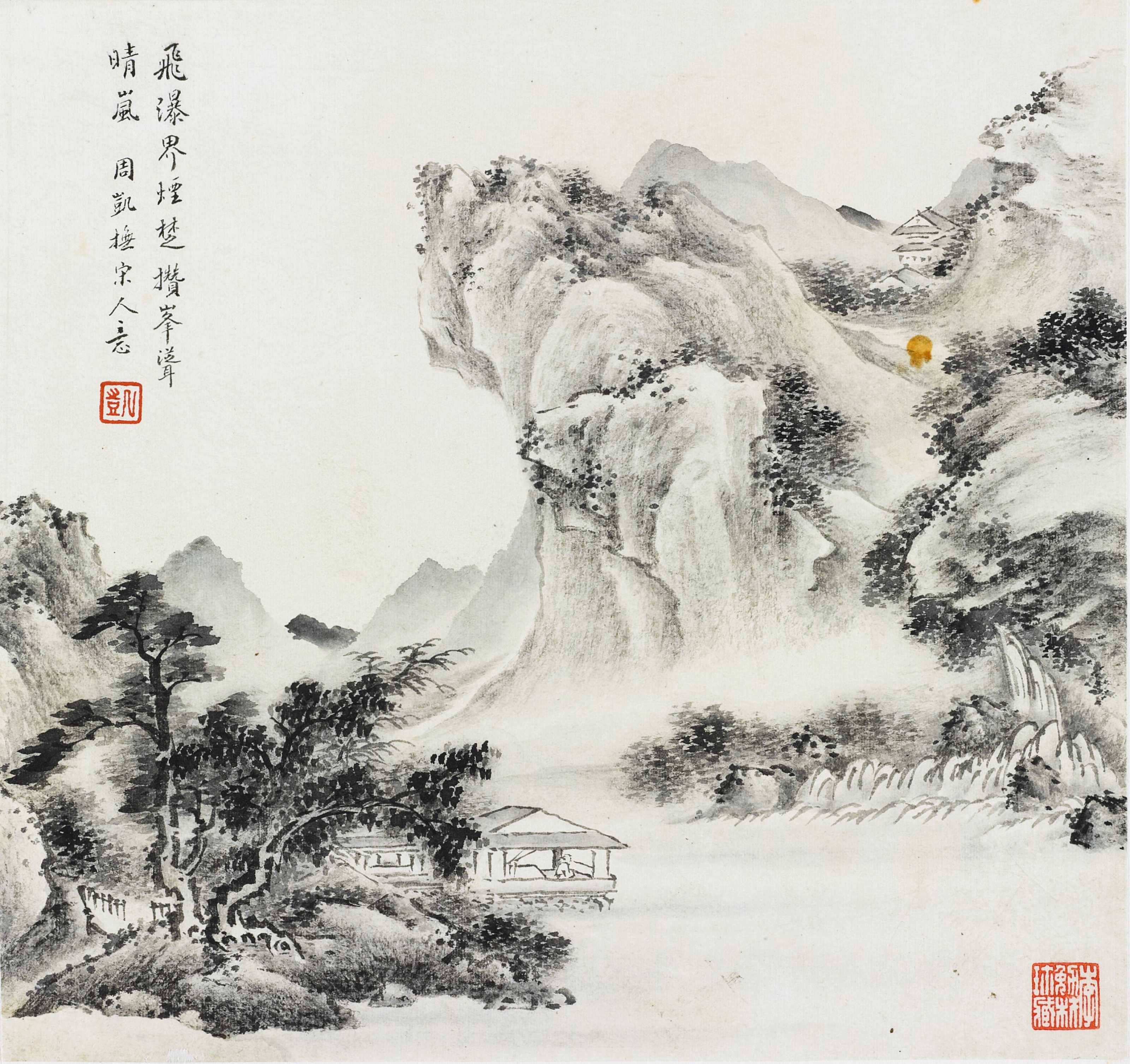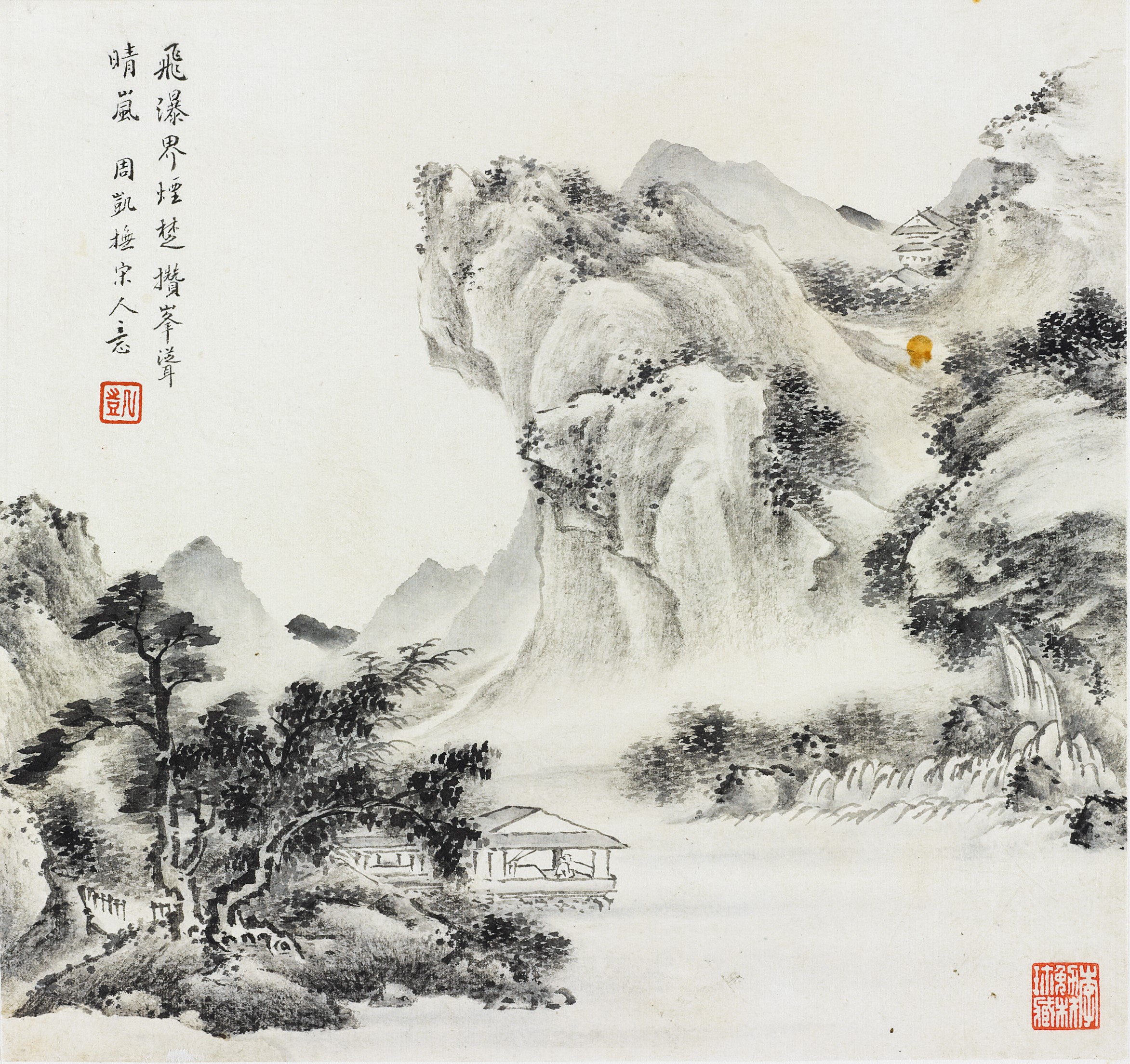Lecture / How to Live with the Past: Rethinking Canons of Painting in 19th Century China

ZHOU KAI (周凱) (Chinese, 1779 – 1837) Landscape, 1819, Album leaf, ink and color on paper, 10 × 10 5/8 in (25.4 × 27 cm) Purchase, acquired through the generosity of the John and Heidi Niblack Fund, 2016.242.1

Join the Norton for the opening of the exhibition Landscapes Inspired by Old Masters on view March 9- August 11, 2024.
Michael J. Hatch, Associate Professor of Fine Arts at Trinity College, Hartford, CT, asks what it meant in 1819 China to paint “in the manner of old masters?”
What sort of neo-classicism drove Zhou Kai to create eight small images in the manner of Song and Yuan dynasty masters, and what alternatives existed in the later years of Qing Dynasty China? This talk uses Zhou Kai’s album in the Norton’s Collection to explore the various artistic strategies of reimagining past canons that were available to nineteenth-century Chinese artists.

Photo: Michael J. Hatch
Michael J. Hatch is Associate Professor of Fine Arts at Trinity College, Hartford, CT. His scholarship covers Chinese art from the 18th to the 21st century, with particular interests in materiality and sensory history. His first book, Networks of Touch: A Tactile History of Chinese Art, 1790-1840 (Penn State University Press, 2024), describes the early nineteenth-century obsession with epigraphy in China, and how it led to a form of tactile thinking that impacted all of elite visual and material culture. His upcoming projects include a co-edited volume about the exchange of antiquarian knowledge and craft across early modern East Asia, as well as a book about the effects of linearity on the brushwork of modern Chinese painting. His PhD and MA in are from Princeton University, and he has a BA from Middlebury College.
Space is limited. Online registration required.
Cost: Museum Admission / Members FREE
Support for this program was provided by The Gayle and Paul Gross Education Endowment fund.